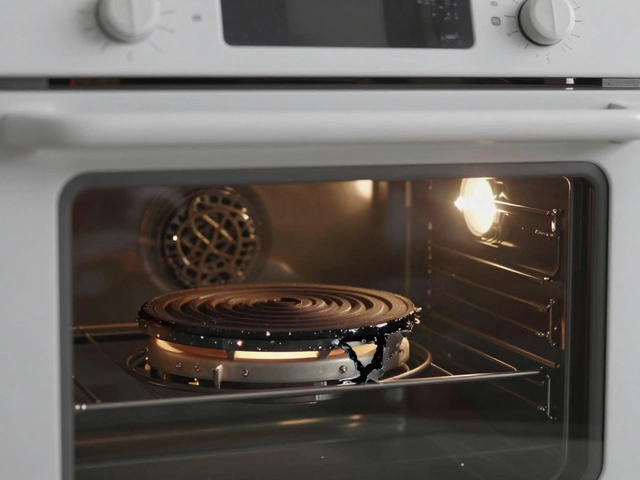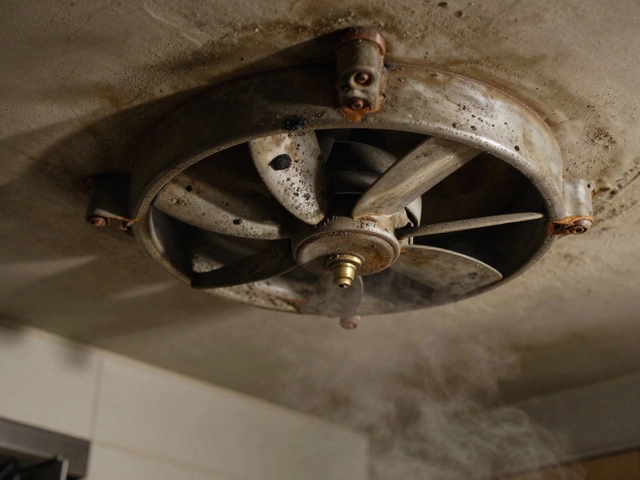Washer Error Codes – Decode Your Machine’s Faults Fast
When dealing with washer error codes, numeric or alphanumeric signals that a washing machine displays when something goes wrong, it’s easy to feel stuck. These codes are a type of washing machine, a household appliance that cleans clothes using water, detergent and mechanical action that communicate specific problems to the user. A simple diagnostic tool, often built into the machine or attached via a handheld scanner reads the code and points to the faulty component. Understanding the code lets an appliance repair technician, a professional who troubleshoots and fixes household appliances or a DIY homeowner quickly pinpoint the issue, saving time and money. The service manual, the manufacturer’s guide listing each code and recommended actions ties everything together, turning a cryptic number into a clear repair step.
Why the Codes Matter
Every washer error code is a shortcut the machine uses to tell you what’s broken without a full diagnostic. That shortcut lets you avoid guesswork, which is why the codes are essential for both DIY fixes and professional service calls. A code like “E1” might signal a water inlet problem, while “F03” could point to an unbalanced load. Knowing the difference prevents you from tearing apart the drum when the issue is simply a clogged filter. In short, the code is the bridge between the machine’s internal sensors and your ability to act.
Most modern washers separate codes by system: water supply, drainage, motor, temperature, and door lock. This categorisation helps you focus on the right subsystem. For example, a “U07” error usually belongs to the door lock circuit, meaning the latch isn’t engaging properly. By matching the code to its system, you can decide whether a simple latch replacement or a more involved electronic repair is required.
Front‑load washers often have a longer list of codes than top‑load models because they use more sensors to balance loads and control water levels. If you own a front‑load unit, you’ll notice codes that reference “F” for “Filling” or “S” for “Spinning”. The extra detail can be a blessing – it tells you exactly which pump or sensor is misbehaving – but it also means you need a reliable reference, like the service manual, to decode the alphanumeric string correctly.
Another key point: many codes are “resettable”. Some errors trigger a temporary fault that clears after the machine completes a self‑test cycle. In those cases, unplugging the washer for a minute can reset the electronics and erase the code. However, if the same code returns after a cycle, it’s a solid sign that a component truly needs attention.
When you spot a code, the first step is to write it down exactly as displayed. Then compare it to the list in the manual or a trusted online database. Look for accompanying symptoms – like leaks, strange noises, or error lights – because they often narrow down the cause. Combining the code with observable behavior gives you a more accurate diagnosis than the code alone.
If you’re comfortable with basic tools, many fixes are within reach: cleaning the inlet filter for an “E1” error, re‑securing a loose hose for a drainage code, or re‑balancing the load for an “Unbalanced” warning. Always turn off power and water before opening the unit. For electrical faults, especially those involving the motor or control board, it’s safer to call an appliance repair technician who can handle high‑voltage components.
In the collection below you’ll find articles that break down the most common washer error codes, explain how to read them on different brands, and offer step‑by‑step fixes. Whether you’re a homeowner who wants to avoid a service call or a technician looking for a quick reference, the posts give you practical insights to get your machine running again without the guesswork.


